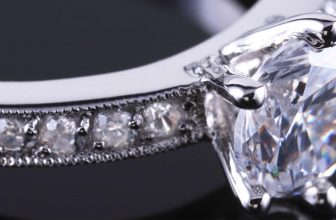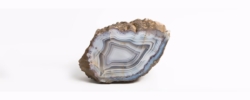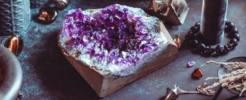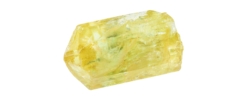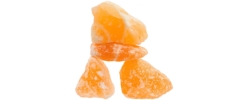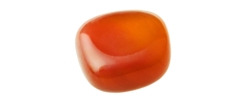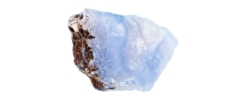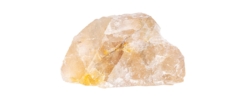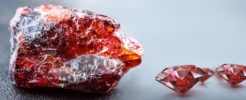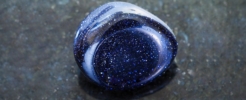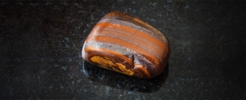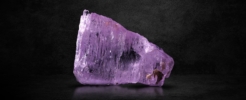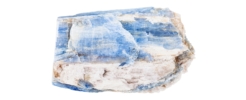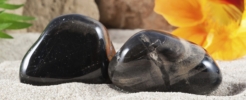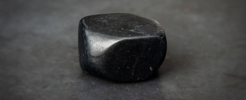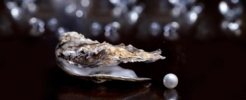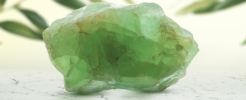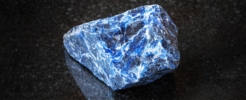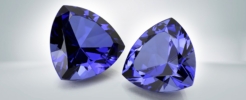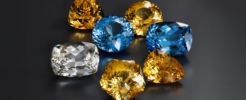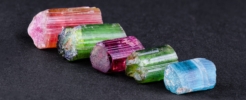The Dazzling World of Diamonds
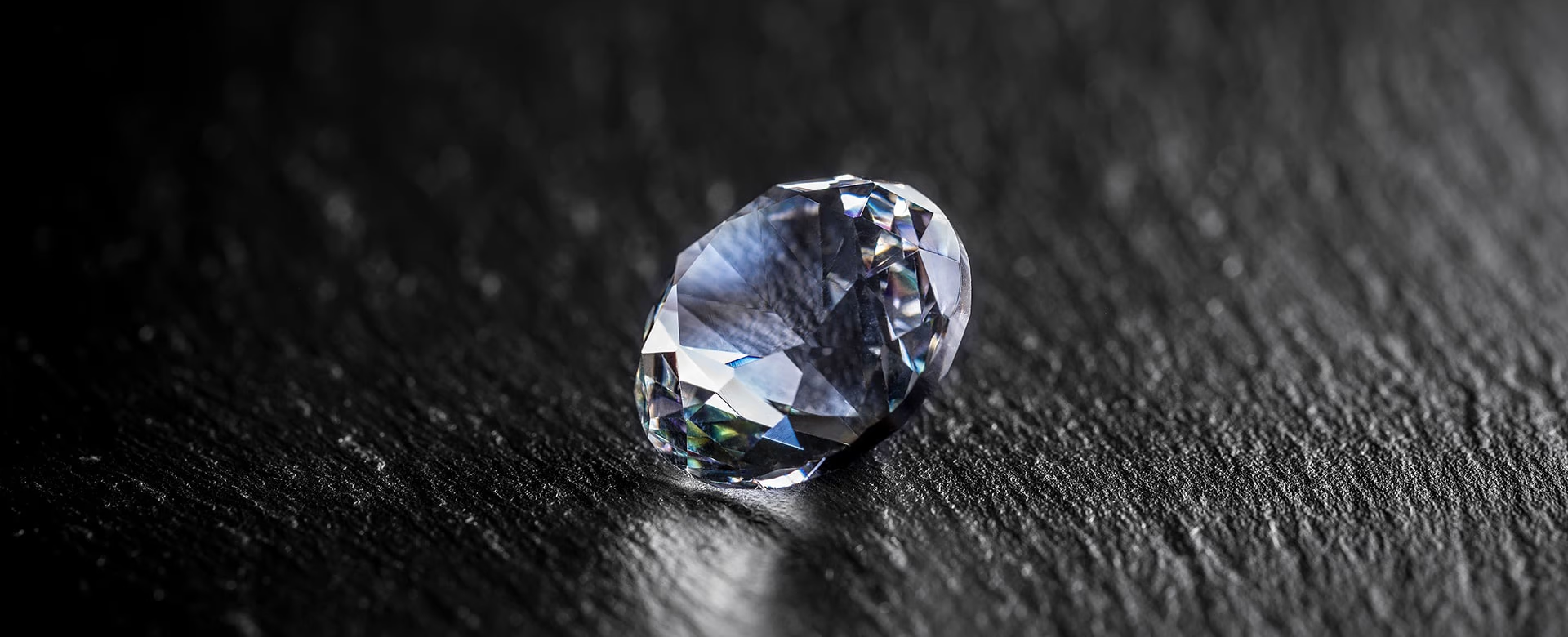
The Ultimate Symbol of Love and Strength
Ever wondered why diamonds are the go-to gemstone for engagement rings and timeless heirlooms? It’s not just about their sparkle! Diamonds symbolize deep, unbreakable love and invincibility. Their unmatched hardness and brilliance have fascinated humans for centuries. A diamond truly states, “I love you” in a profound way. You’ve probably heard the slogan “a diamond is forever,” right? That’s because these gems represent everlasting love and are the hardest substance known on earth.
A Journey Through History
Did you know diamonds mark the 60th wedding anniversary and are April’s birthstone? The first diamonds were likely discovered in India between 3000 and 6000 years ago, where they were revered as religious icons. Early on, diamonds were prized for engraving tools due to their incredible hardness.
Fast forward to 600 AD, and diamonds were found in Borneo, an island near Australia. Brazil became a diamond hotspot in the 1700s, followed by South Africa in the 1800s. By the 1970s, Australia emerged as a significant diamond source.
The Greeks called diamonds “adamas,” meaning “invincible” and believed they strengthened warriors. Persians poetically said, “the rainbow is confined in a diamond forever.” Romans thought diamonds were fallen stars’ fragments. This gem’s allure spanned many cultures, symbolizing innocence, purity, and ultimate strength.
Mystical Powers and Chakra Magic
Got stress? Who doesn’t! Enter the diamond, your new best friend. Beyond their physical beauty, diamonds are thought to activate the crown chakra, bringing clarity, prosperity, and protection. Feeling a bit cloudy-headed? A diamond might just be your ticket to mental clarity and spiritual enlightenment. Plus, they’re known for amplifying energy – so wear one and feel that boost!
The Renaissance Love Affair
The Renaissance brought diamonds into the realm of romance, marking the first use of diamonds in engagement rings. It all started in 1477 when Archduke Maximilian gave Mary of Burgundy a diamond ring, setting a trend for royalty and the wealthy. But it wasn’t until the 20th century, thanks to the De Beers marketing campaign, that diamond engagement rings became standard.
The Science Behind the Sparkle
Let’s geek out for a second: diamonds are the hardest known mineral on Earth, scoring a perfect 10 on the Mohs hardness scale. This makes them not only stunning but also incredibly durable. Ever noticed how diamonds play with light? That’s due to their unique ability to disperse light into a spectrum of colors, creating that iconic sparkle we all adore.
Fun Facts to Impress Your Friends
- Diamonds are billions of years old – talk about vintage!
- They can only be cut by another diamond.
- The word “diamond” comes from the Greek word “adamas,” meaning “unconquerable.”
Diamonds in Crystal Healing
In the realm of crystal healing, diamonds are believed to amplify energy and open the mind to new possibilities. Feeling stuck in a rut? A diamond might just be the perfect companion to spark that much-needed inspiration.
Diamonds are also thought to have a purifying effect, cleansing the body and soul, and bringing a sense of peace and harmony. Imagine carrying a little beacon of positivity and clarity with you—who wouldn’t want that?
The Modern Diamond
Today, diamonds are primarily valued for their beauty rather than their practical uses in tools or protection in battle. Gemologists rate diamonds based on the “4 Cs” – carat, cut, color, and clarity – which determine their quality and price.
- Cut: This is about how well the diamond’s facets interact with light. A well-cut diamond will sparkle like the night sky.
- Clarity: Even diamonds have their quirks. Clarity refers to the presence of internal or external flaws, known as inclusions and blemishes.
- Color: While many diamonds appear colorless, they can actually range from completely clear to shades of yellow or brown. The less color, the rarer (and more expensive) the diamond.
- Carat: This measures the diamond’s weight. Bigger isn’t always better, but it sure can be impressive!


